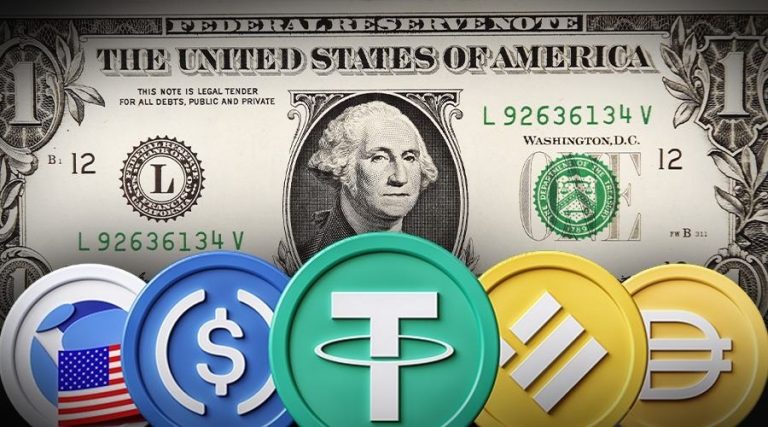
The financial landscape is evolving rapidly, with the emergence of new industries and technologies that challenge traditional banking systems. Two such areas that have seen significant growth and are subject to complex regulatory environments are the marijuana industry and the world of stablecoins.
The marijuana industry has seen a surge in growth, especially in regions where it has been legalized for medical or recreational use. However, this growth comes with its own set of challenges, particularly in the realm of banking and finance. Despite state-level legalization, marijuana remains illegal under federal law in many countries, creating a significant hurdle for businesses operating in this space.
Financial institutions are often hesitant to offer services to marijuana-related businesses (MRBs) due to the ongoing federal classification of marijuana as illegal. This has led to a situation where MRBs struggle to access basic banking services, which are essential for any legitimate business operation. The lack of banking support not only hampers the growth of these businesses but also poses risks and operational challenges.
Tekedia Mini-MBA edition 16 (Feb 10 – May 3, 2025) opens registrations; register today for early bird discounts.
Tekedia AI in Business Masterclass opens registrations here.
Join Tekedia Capital Syndicate and invest in Africa’s finest startups here.
The financial landscape is evolving rapidly, with innovative solutions emerging to address the unique challenges of various industries. One such challenge is the banking of funds related to the marijuana industry, which, despite legalization in many states, still faces federal restrictions in the United States. This has led to a situation where businesses operating within the cannabis sector struggle to access traditional financial services, creating a significant barrier to their operation and growth.
In response to these challenges, some financial institutions have begun to navigate the complex legal framework, offering banking services to MRBs by adhering to state laws and regulatory guidance. This includes compliance with anti-money laundering (AML) obligations.
A report by Venable LLP reflects on the lessons learned and best practices in marijuana banking as of 2022, highlighting the cautious expansion of financial services to marijuana-related businesses (MRBs) by financial institutions in states where marijuana has been legalized. This expansion is a result of continued legalization at the state level and the perception that enforcement risks are manageable with careful setup and adherence to federal guidance and industry best practices.
The legal framework for providing financial services to MRBs has remained consistent over the past decade, with the Controlled Substances Act (CSA) still classifying marijuana as illegal under federal law. However, the issuance of guidance by the U.S. Department of Justice (DOJ), the Financial Crimes Enforcement Network (FinCEN), and federal banking regulators has provided some clarity on how financial institutions may serve MRBs while complying with regulatory obligations.
On the other hand, the world of cryptocurrencies offers a potential solution to the banking dilemma faced by the cannabis industry. Stablecoins, a type of cryptocurrency, are designed to maintain a stable value by being pegged to another asset, such as a fiat currency or a commodity like gold. This stability is crucial for businesses that require consistent value for transactions and financial planning.
Investopedia defines stablecoins as cryptocurrencies that attempt to peg their market value to some external reference, aiming to provide an alternative to the high volatility of popular cryptocurrencies like Bitcoin (BTC). By maintaining reserve assets as collateral or through algorithmic formulas that control supply, stablecoins strive for price stability, which is essential for their use as a medium of exchange.
The importance of stablecoins in the cryptocurrency ecosystem cannot be overstated. They serve as a bridge between the traditional financial system and the digital currency world, offering the speed and security of blockchain technology while mitigating the volatility associated with cryptocurrencies. This makes them particularly appealing for industries like cannabis, where the need for stable and accessible banking solutions is paramount.
Regulatory scrutiny of stablecoins continues to grow, given their rapid expansion and potential impact on the broader financial system. As the market for stablecoins develops, it’s crucial for regulatory bodies to ensure that these digital assets comply with financial laws and regulations to protect investors and maintain financial stability.
The intersection of marijuana banking and stablecoins presents a fascinating glimpse into the future of finance. As the cannabis industry seeks reliable banking alternatives, stablecoins may offer a viable path forward. However, the success of this convergence will depend on continued legalization efforts, advancements in cryptocurrency technology, and thoughtful regulatory oversight to ensure a secure and compliant financial environment for all stakeholders.
The ongoing dialogue between the cannabis sector, financial institutions, and regulatory bodies will be critical in shaping the trajectory of marijuana banking and the role of stablecoins within it.



